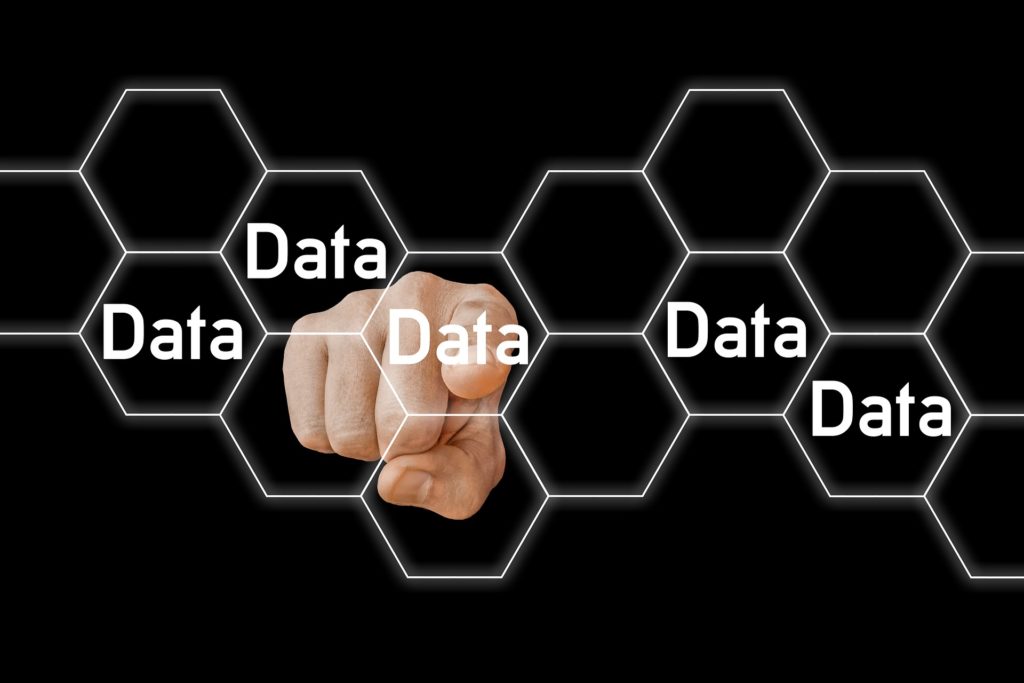
The European Data Act has recently been published.
It aims at clarifying and strengthening the governing framework of the #dataeconomy.
In the nutshell (extract):
“The Data Act will give both individuals and businesses more control over their data through a reinforced data portability right, copying or transferring data easily from across different services, where the data are generated through smart objects, machines, and devices.”
For example, a car or machinery owner could choose to share data generated by their use with its insurance company.
Such data, aggregated from multiple users, could also help to develop or improve other digital services, e.g. regarding traffic, or areas at high risk of accidents.”
Some thoughts on this
1️⃣ I wonder to what extent the boundaries of your data ownership can be explicitly defined, then transparently coded in IT systems, so that a “data asset” is legally bound to you as your property.
2️⃣ After this, you could ask Facebook, Instagram, and TikTok to share a piece of the cake: % of the revenue generated from your data.
Let’s face it, it looks like a game-changer, if it can really be implemented.
3️⃣ Ultimately, you can capitalize on GPDR architecture. It pushes the concepts of data ownership, consent management, data counters, data KPI, data censorship management, IAM, data expiry management, etc.
4️⃣ Beyond multicloud oversight solutions, this is an excellent use case for permissioned blockchain, like Hyperledger Fabric. (e.g. Infrachain )
5️⃣ Innovative business models to arise like “Mutual Data Funds”, or Open Data Lakes”, where a set of businesses or individuals would provide a set of qualified and certified data sources to act as “Value Added Data Sources”, something similar to Bloomberg or Reuters for financial News.
Also, these Mutual Data Pools are fitted to be plugged as Oracles in blockchains (#ethereum, #chainlink, #binance, etc.)
I can already envision the pitch of startups like “We are the Bloomberg of space mining Data” (which would be awesome by the way👍)
6️⃣ This could boost the API economy. But also push further the adoption of GraphQL and AsyncAPI standards.
7️⃣ I reckon open industry data models are a much better way to start. It would help regulators (e.g. Commission de Surveillance du Secteur Financier (CSSF) , CNPD – Commission nationale pour la protection des données , CNIL – Commission Nationale de l’Informatique et des Libertés), auditors and regtech (e.g. Scorechain ) to have a common ground to build their control frameworks and oversight infrastructure.
Now, it is time to stitch them together.
Links
- Data Act: https://digital-strategy.ec.europa.eu/en/policies/data-act
- Blockchain Oracle: https://www.youtube.com/watch?v=6e7DmuYmXKw
- Hyperledger Fabric: https://www.hyperledger.org/use/fabric
- GraphQL: https://graphql.org/
- AsyncAPI: https://www.asyncapi.com/
